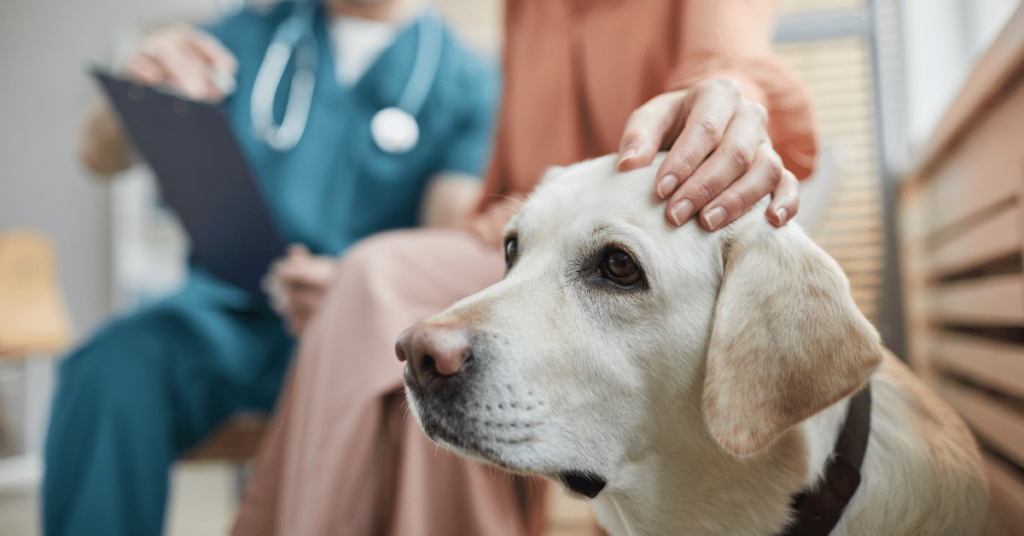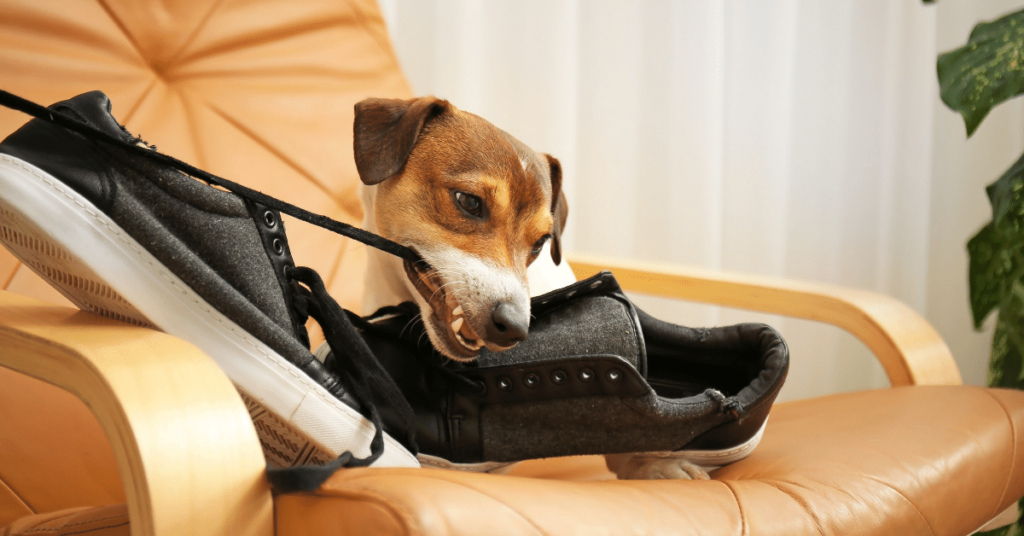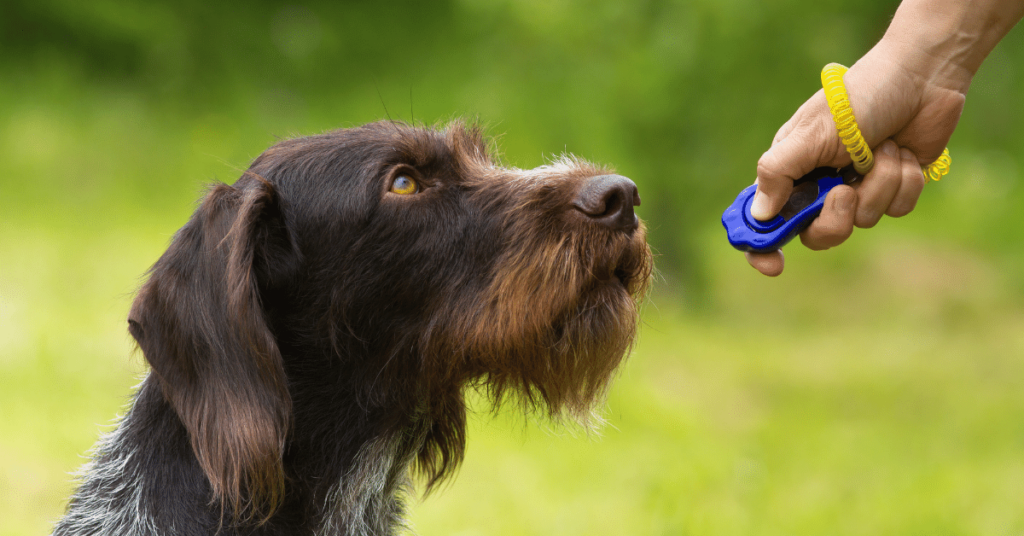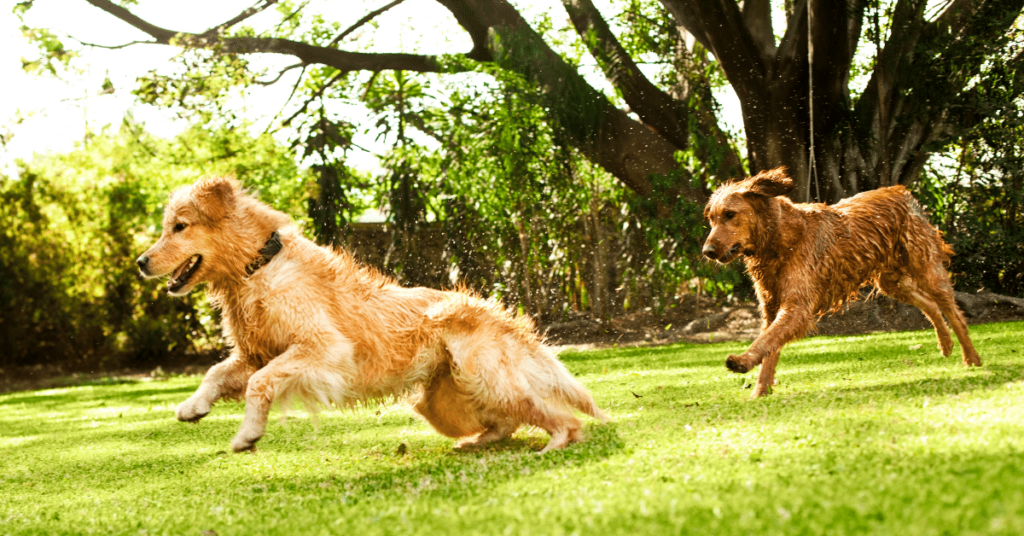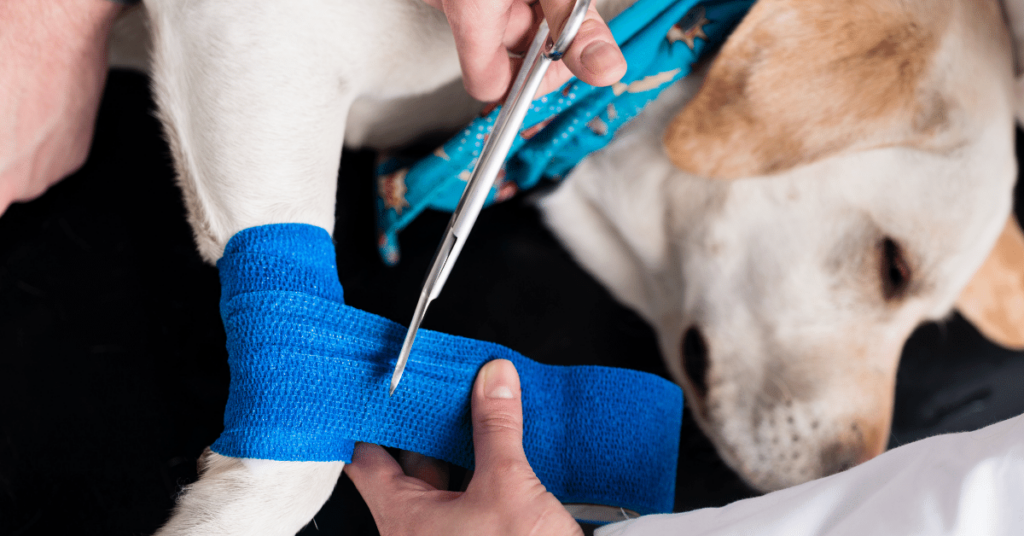Introduction
Visiting the veterinarian can be a source of anxiety and fear for many pets. The unfamiliar smells, sounds, and experiences can easily overwhelm our furry friends. However, with the right training and preparation, we can help reduce their stress levels and make vet visits a more comfortable experience for them. In this article, we will explore various techniques and strategies to train your pet and alleviate anxiety during vet visits.
Importance of Training for Vet Visits
Training your pet for vet visits is crucial for their overall well-being. Regular check-ups and vaccinations are essential to ensure their good health. However, when pets experience anxiety and fear during these visits, it becomes challenging for veterinarians to perform necessary examinations. This can lead to delayed or incomplete treatments, potentially compromising your pet’s health.
Begin Training Early
Starting the training process early is important, especially for young puppies and kittens. By introducing them to positive experiences at the vet’s office from an early age, we can help them associate these visits with something enjoyable. It is always easier to establish good habits and positive associations when pets are young and adaptable.
Counterconditioning
Counterconditioning is a technique that involves changing your pet’s negative emotional response to a specific situation, such as a vet visit, by replacing it with a positive one. To begin counterconditioning, associate the vet’s office with pleasant experiences, such as treats, toys, and affection. Gradually increase exposure to the vet’s office while rewarding your pet for remaining calm and relaxed. Over time, they will start associating these visits with positive outcomes.
Desensitization
Desensitization involves gradually exposing your pet to the various elements and experiences they may encounter during a vet visit. Start by introducing them to the carrier or car ride associated with going to the vet. Allow them to explore and become familiar with these items in a calm and safe environment. Once they are comfortable, gradually introduce other aspects such as handling their paws and ears, mimicking the processes they may undergo during an examination. The key is to progress at your pet’s pace, ensuring they remain calm and relaxed throughout the process.
Positive Reinforcement
Positive reinforcement is a powerful tool when it comes to training your pet for vet visits. Reward your pet with treats, praise, and affection during and after each training session. By associating their good behavior with positive rewards, you are reinforcing their calm and relaxed state of mind. It is important to avoid punishment or scolding, as this may increase their anxiety rather than alleviate it.
Familiarize with Veterinary Equipment
A significant source of anxiety for pets during vet visits is the unfamiliar sights and sounds of medical equipment. Take time to introduce your pet to the various tools, such as stethoscopes and syringes, in a calm and controlled environment. Allow them to sniff and investigate the equipment while rewarding them for remaining calm. This familiarity will help reduce their fear of these objects during actual vet visits.
Preparing for the Visit
Apart from training, there are other steps you can take to ensure a smooth vet visit for your pet. These include:
- Choosing a Fear-Free Certified Veterinary Clinic: Fear-Free certified clinics focus on minimizing stress and anxiety for pets during their visits. Seek out such clinics to provide your pet with a comfortable and supportive environment.
- Using Calming Aids: There are various natural calming aids, such as pheromone sprays and pressure wraps, available in the market. Consult with your veterinarian to determine if any of these aids may benefit your pet during vet visits.
- Preparing a Comfortable Carrier: Make sure your pet’s carrier is comfortable, spacious, and well-ventilated. Familiarize them with the carrier by using it during short trips or at home. This will help reduce the anxiety associated with confinement.
Summary
Training your pet for vet visits is crucial to minimize anxiety and fear. By starting early and employing techniques such as counterconditioning, desensitization, and positive reinforcement, you can help your pet associate vet visits with positive experiences. Additionally, familiarizing them with veterinary equipment and taking preparatory steps can further reduce stress during these visits. Remember, a calm and relaxed pet will not only make vet visits easier but also contribute to their overall well-being.

